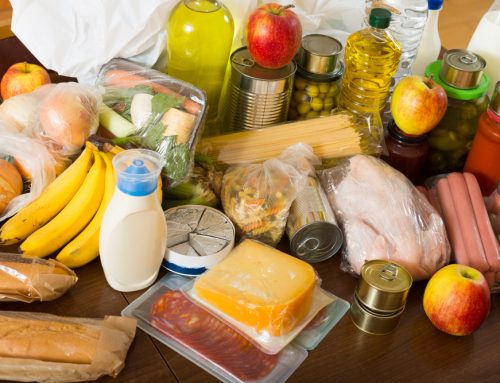January 6, 2023
According to data from the World Bank, Hungary has been added to the list of nations where food costs are rising at the quickest rates. In the top ten, Suriname and Rwanda are not far behind Hungary. On December 26, the World Bank posted the top ten list of countries with the fastest increasing food costs on its Twitter page.
Worldwide food price inflation is still very strong. Data for the months of August through November 2022 indicate that practically all low- and middle-income countries have high inflation rates. According to index.hu, inflation is higher than 5% in 88.2% of low-income nations, 90.7% of lower-middle-income countries, and 93% of upper-middle-income countries.
According to a World Bank report, the rate of high food inflation in high-income nations has increased to 81.8%. Africa, North America, Latin America, South Asia, Europe, and Central Asia are the regions most severely impacted.
To make the top ten list, a certain issue must exist in the priority nations. The drought and the implementation of the price cap were only two of the many variables that helped Hungary place in the TOP 10. The administration sought to provide remedies to stop the significant and damaging changes in the Hungarian economy.
In July and August 2022, it appeared that the domestic food industry’s low productivity was the biggest issue. Even from the space, the drought could be seen. In that time, it has reduced the wheat crop in eastern and central Hungary by 25% and damaged a sizable portion of the corn crop. According to the minister of agriculture, state-owned irrigation facilities received additional funding to help them cover their rising energy expenses. Additionally, funding for the purchase of animal feed was provided to animal breeders.
Reasons for the food prices
The crisis between Russia and Ukraine has caused food prices to rise globally.
The strong domestic food inflation, which deviates from the global pattern, is caused by a number of factors:
The cost of labor has increased for food industries as a result of dynamic pay hikes.
Prices increased as a result of the NETA (tax on unhealthy items) and the rise in VAT.
The rise in consumption gave room for price gouging.
Due to food price limitations, substitute products have witnessed large price rises.
An inflationary impact may linger once the price limitations are gradually lifted.
Another factor was the domestic food industry’s low productivity.
The rise in food prices is a result of rising energy costs and increasing transportation expenses.
Source: Daily News Hungary
Legal Notice: The information in this article is intended for information purposes only. It is not intended for professional information purposes specific to a person or an institution. Every institution has different requirements because of its own circumstances even though they bear a resemblance to each other. Consequently, it is your interest to consult on an expert before taking a decision based on information stated in this article and putting into practice. Neither Karen Audit nor related person or institutions are not responsible for any damages or losses that might occur in consequence of the use of the information in this article by private or formal, real or legal person and institutions.






